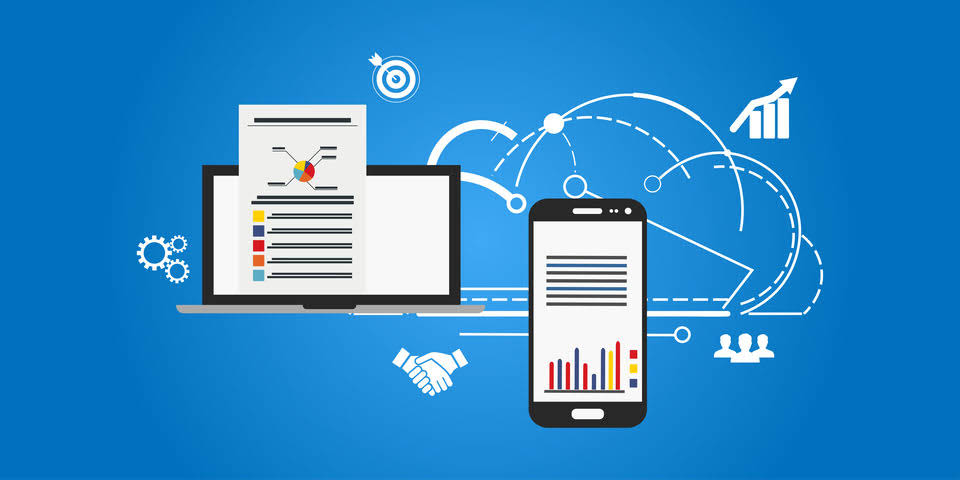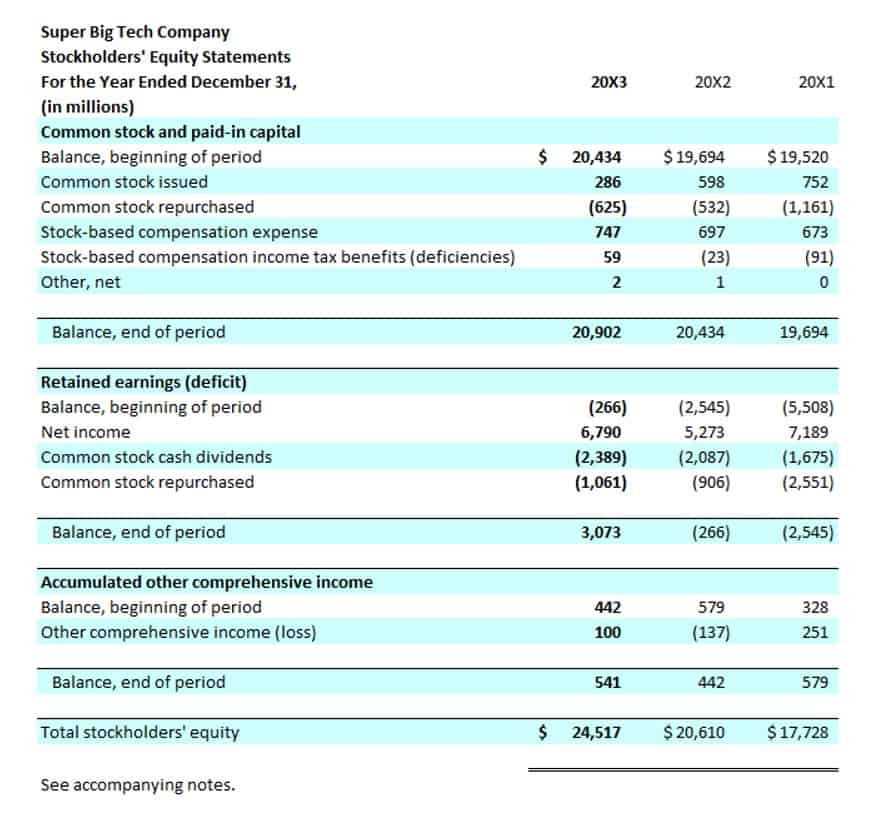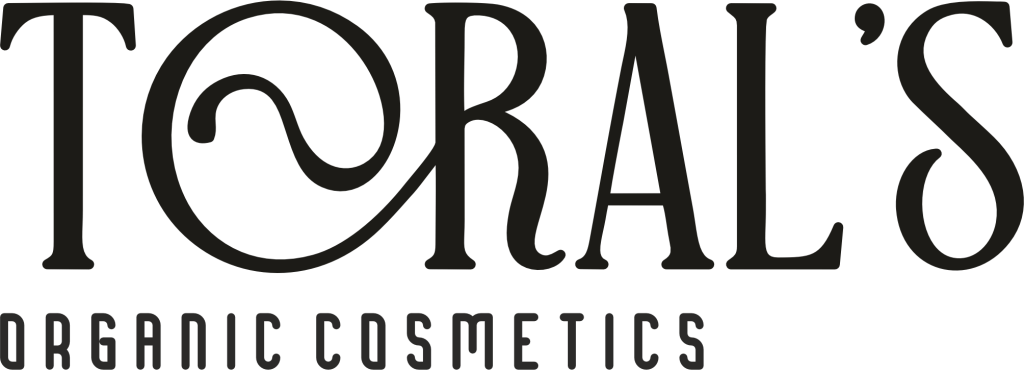
To close that, we debit Service Revenue for the full amount and credit Income Summary for the same. As the business does not have to pay a dividend, there is no liability until there is a dividend declared. As soon as the dividend has been declared, the liability needs to be recorded in the books of account as a dividend payable. Next, you close the income summary by debiting income summary and crediting retained earnings. Permanent accounts carry their balances forward, preserving the continuity of financial data across periods. A company’s dividend policy affects its equity dividend account structure and financial ratios.
- These account balances roll over into the next period and reflect the company’s financial activity in the long term.
- These accounts include Sales, Service Revenue, Interest Income, Rent Income, Royalty Income, Dividend Income, Gain on Sale of Equipment, etc.
- For example, a company with $10,000 in revenue and $5,000 in expenses has a net income of $5,000.
- Instead, your permanent accounts will track funds for multiple fiscal periods from year to year.
- These accounts include revenues, expenses, dividends, or withdrawals, and they are essential in the accrual accounting system.
- Write a corresponding credit in the income summary account to balance the entry.
Is Common Stock a Permanent Account?
Since interest income accrues over a short period and is directly related to specific financial transactions, it falls under temporary accounts. In accounting, bookkeepers and accountants often refer to the process of closing entries as closing the books. Closing entries accounting involves making closing journal entries at the end of accounting periods. This process transfers balances from temporary to permanent accounts, highlighting when closing entries are made for accurate financial reporting. In this part, we’ll take you through a comprehensive guide on closing entries.
- By monitoring expenses, companies can identify areas for cost optimization and enhance profitability.
- This fundamental dichotomy not only facilitates the organization of financial data but also underpins the strategic decision-making process.
- He has worked as an accountant and consultant for more than 25 years and has built financial models for all types of industries.
- Receiving the dividend from the company is one of the ways that shareholders can earn a return on their investment.
- DRIPs can also stabilize stock prices by creating a consistent market for shares.
- Understanding temporary and permanent accounts aids stakeholders in making informed decisions about resource allocation, investment strategies, operational improvements, and risk mitigation efforts.
Dividend declared journal entry

The trial balance shows the ending balances of all asset, liability and equity accounts remaining. The main change from an adjusted trial balance is revenues, expenses, and dividends are all zero and their balances have been rolled into retained earnings. We do not need to show accounts with zero balances on the trial balances. Permanent accounts, also known law firm chart of accounts as real accounts, are used to record and accumulate data about a company’s financial position over multiple accounting periods.

How to Close the Year End in Accrual Basis Accounting

At the beginning of each accounting period, temporary accounts are opened to monitor the flow of revenues and expenses. Subsequently, contribution margin they are closed at period-end to pave the way for the next reporting cycle. It is permanent because it is not closed at the end of each accounting period. At the start of the new accounting period, the closing balance from the previous accounting period is brought forward and becomes the new opening balance on the account.
Understanding Permanent Accounts:

In contrast, permanent accounts maintain balances over multiple periods, offering continuous insights into a company’s financial position. A sole proprietor or partnership often uses a separate drawings account to record withdrawals of cash by the owners. Although the drawings account is not an income statement account, it is still classified as a temporary account and needs a closing journal entry to zero the balance for the next accounting period. The retained earnings account balance has now increased to 8,000, and forms part of the trial balance after the closing journal entries have been made.
Bookkeeping
Choosing between temporary and permanent accounts is a fundamental aspect of accurate financial reporting. By understanding the nature of these accounts and the transactions they’re designed to record, you can ensure the integrity of your financial data. Remember, the goal is not just to record transactions but to paint a precise financial picture of your business that informs strategic decision-making and complies with accounting standards.

Shareholders do not have to pay income taxes on share dividends when they receive them; instead, they are taxed when the shareholder sells them in the future. A share dividend distributes shares so that after the distribution, all shareholders have the exact same percentage of ownership that they held prior to the dividend. A company’s board of directors has the power to formally vote to declare dividends.
Dividends, a form of profit distribution, can take various forms, each with distinct implications for both the issuing company and its shareholders. Cash dividends are the most common, involving the direct distribution of earnings to shareholders. Favored by investors seeking immediate income, they are typically declared on a per-share basis. Companies must ensure sufficient retained earnings and liquidity before making such distributions, adhering to standards like Generally Accepted Accounting Principles (GAAP) in the United States. This journal entry is to eliminate the dividend liabilities that the company has recorded on December 20, 2019, which is the declaration date of the dividend.







